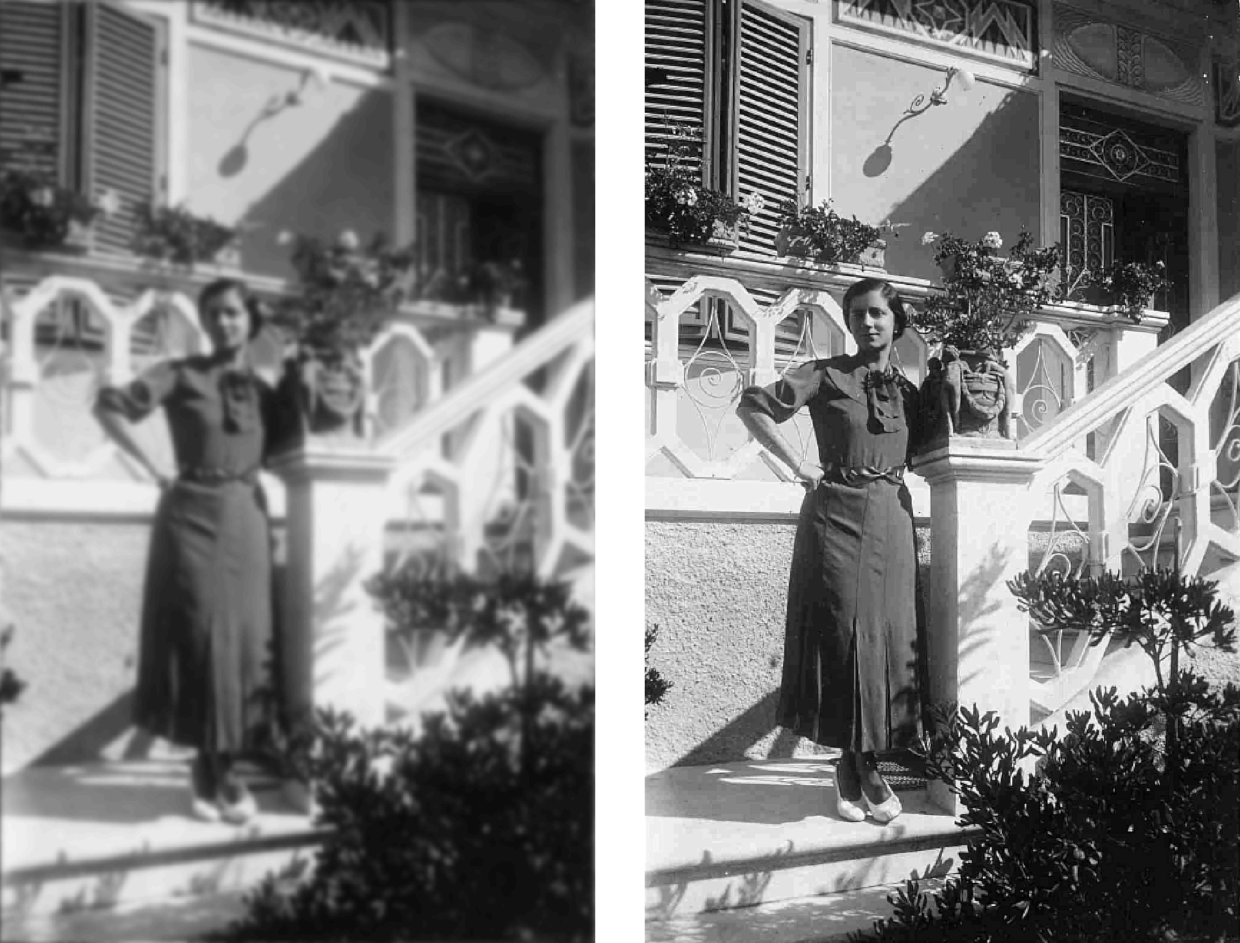What interactions keep animal groups cohesive?
The individuals of many animal species form aggregations and groups.
We know that these aggregations are possible because each individual is attracted to its neighbours. In fact, many empirical studies (including a number of studies in which I was directly involved) have focused on quantifying the attraction of animals for their conspecifics precisely by looking at how a focal individual moves in relation to the position and distance of its neighbours. For example animals could approach one randomly selected neighbour at any given time, or move towards the closest ones, or again they could head in the direction of the point with the highest density.
The question is, are there any general rules of attraction, that we would observe for any animal group -or for any distribution of spatial density of individuals- that remains stable over time?
Animal groups do not diffuse
Instead of looking at what animals of different species do, we can consider some of the general properties of animal groups.
One of these properties is that these groups remain cohesive for an extended time: some individuals may leave or join the group, but the group as a whole persists over time scales that are much longer compared to the typical scales of animal movement: animal groups do not diffuse.
This means that we can infer a general pattern in the way how individual animals move directly from the properties of the group. Without interactions, a group would disperse in a way that can be easily characterized in terms of diffusion equations. We can hence address the inverse theoretical problem of finding the individual-level interaction responses that are required to counterbalance diffusion and to preserve group stability.
To illustrate this, imagine that the colours in the video below represent a density map: white is high density and black is low density. Each individual (in red - yellow) moves in various ways, but in order for the underlying density to be preserved, each animal has to move -on average- towards higher density regions in a well-predictable way.
An analogy with image deblurring
There is a similarity between the mechanism underlying the stability of animal groups and a common problem in image processing, which is that of restoring a blurred image. In fact an image can be thought as a density map, similar to the density map above. Here bright pixels correspond to high-density regions and dark pixels correspond to low density.
In fact, we can apply the same "rules of interaction" that we have inferred for animal groups to the grey-levels of a blurred image (left below) and the result is an image where much of the original detail has been restored (right below).

Related scientific publications
- Perna et al. "Weber's Law-based perception and the stability of animal groups". Journal of the Royal Society Interface (2019) [Web]